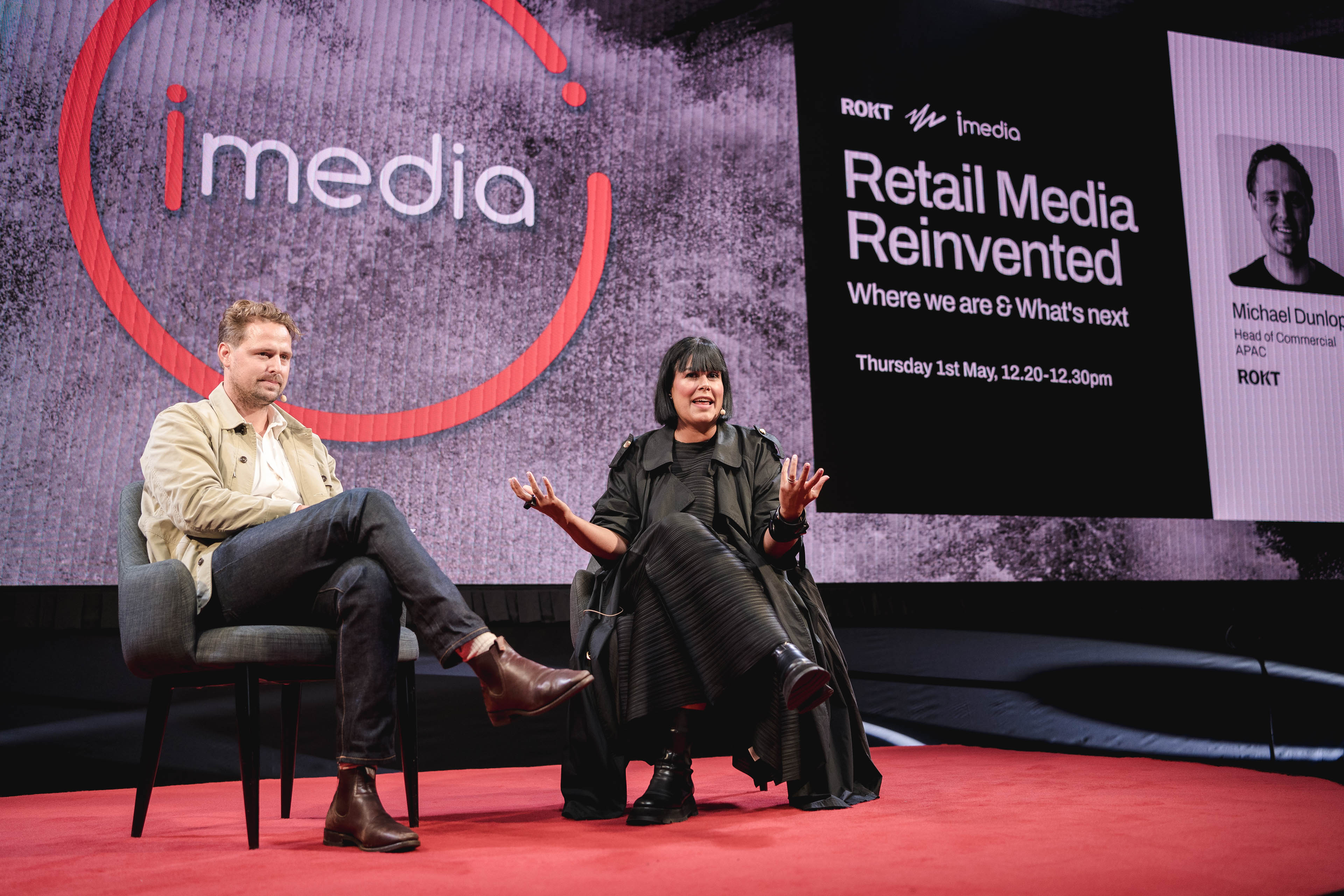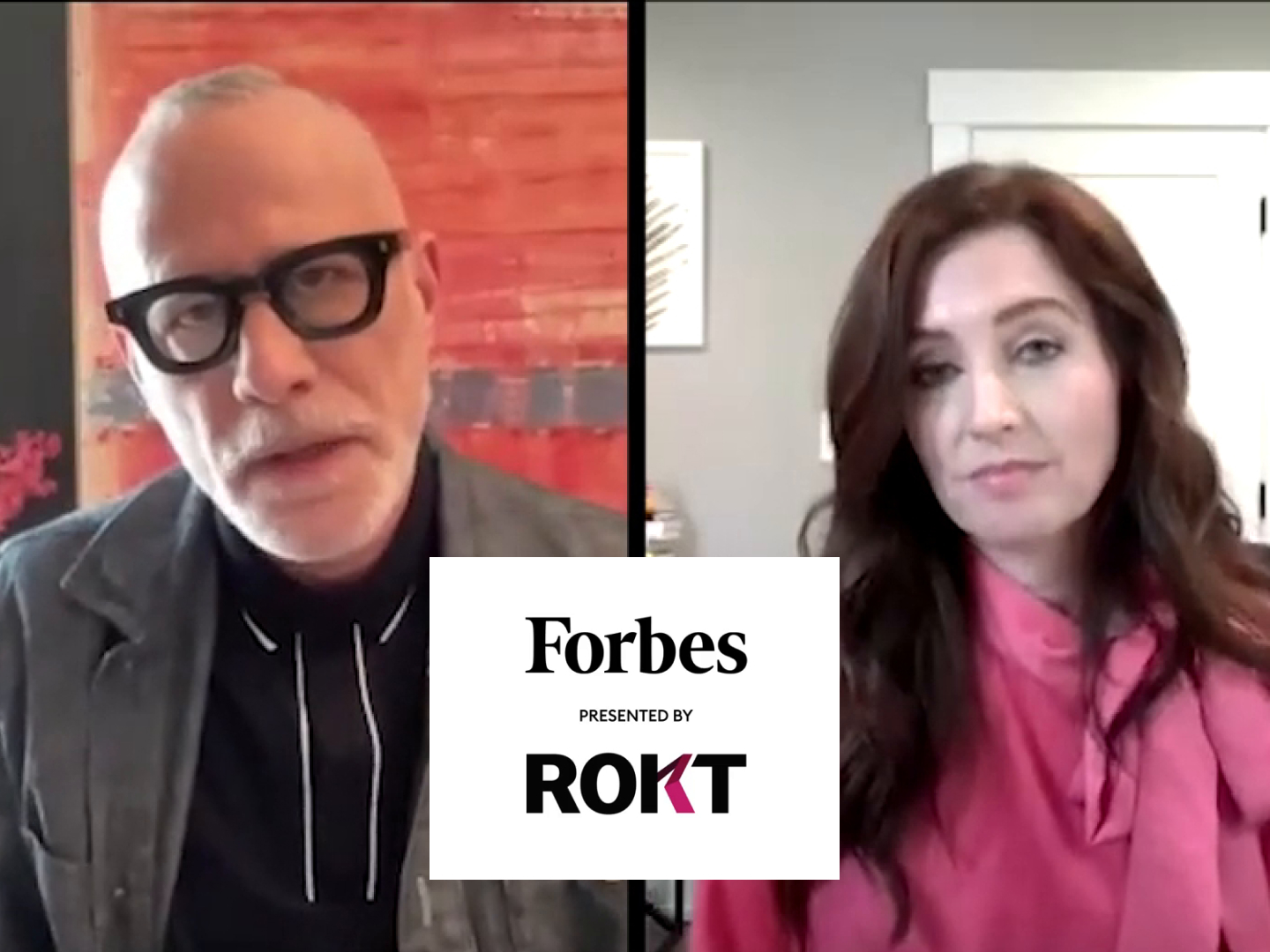In travel marketing, standing out in ever-changing trends among the sea of competitors is no easy feat—especially in the digital space. The market is cluttered and price, choice, and the very best deals rule.
How do you compete? The key is to find creative ways to leverage your audience. The travel vertical has been one of the strongest performers on the Rokt platform since launch, and it continues to thrive—travel and tourism related brands represent 32 percent of the messages displayed across the Rokt network in 2017.
In 2016 alone, the category grew significantly when we developed our ticketing partner network and helped acquire 5.1 million new consumers globally. In addition, we’ve used conversion data to inform our targeting optimizations to ensure the most efficient scale.
To keep the momentum going, we’ve compiled a list of four trends impacting travel that will help you stay ahead of the game:
1. Brands and relationships matter
When it comes to booking travel, consumers use brands they trust and have a relationship with. Different brands have different strengths—some resonate on price and value, while others are stronger on quality and premium attributes—irrespective of what your brand is or wants to be. Most marketers know that brand awareness and recall are critical, especially as the consumer is in the active consideration phase.
As advertising shifts and consumers take more and more control of content and media consumption—shifting from push to pull—it is becoming increasingly important for brands to “get invited into consumers lives.” Consumers that give brands consent to tell them about their products and services are 10 times more likely to convert with the respective travel brand.
At Rokt, we enable travel brands to talk to a unique audience that are looking for travel services and get consent as they are engaged, transacting on a leading brand.
2. The path to conversion involves desktop and mobile
In travel, 60% to 70% of conversions still occur on desktop primarily because consumers book travel when they are at work in front of their desktop computer.
However, 70% of research, occurs on mobile. This includes reading emails, researching and planning. It is critical to ensure that your content is presented in a format that works on both devices.
3. We are all different – multivariate personalization significantly increases conversions
What appeals to you may not appeal to me. Brands that understand that consumers respond differently to different messages can improve revenue, ancillary revenue, and conversion outcomes by 25% to 50%. For example, as a general rule females respond and engage at higher rates when a product or service uses emotive queues, while males respond and engage at higher rates when a product or service uses rational queues.
Brands that use A/B testing approaches are often skewing their appeal to existing dominant segments and disenfranchising other segments, which drives share growth in the dominant segment. A better approach is to use the data you have about your customers to ensure like-minded segments are getting the right experience.
At Rokt, we enable brands to talk to a unique audience that are looking for travel services and get consent as they are engaged, transacting on a leading brand.”
4. Attribution shouldn’t be a guess
The travel customer journey is long and complex with consumers oftentimes spending many months and multiple sessions across devices researching travel accommodations. Numerous opportunities exist for you to positively influence consumers’ decision-making process along the way. And yet, you likely have a difficult time understanding consumers’ paths to conversion. This is primarily because outdated measurement and attribution models still favor the last-click over understanding the full customer journey.
At Rokt, we offer true attribution tools that tell you precisely the incremental impact of every campaign you run. For the first time, defining attribution based on control groups to tell you clearly what would have happened if you didn’t do something—not just the results after you do something. The core enabler of this is a unique ability to identify the customer at the top and bottom of the funnel and leading edge cross-device tracking tools—with up to 90% accuracy versus 30% industry averages. This enables us to close the loop and finally give you insight to one of the most valuable questions, “What part of marketing spend is actually driving the end outcome?”
To learn more about how to maximize your value with the Rokt network, reach out to your account manager.









